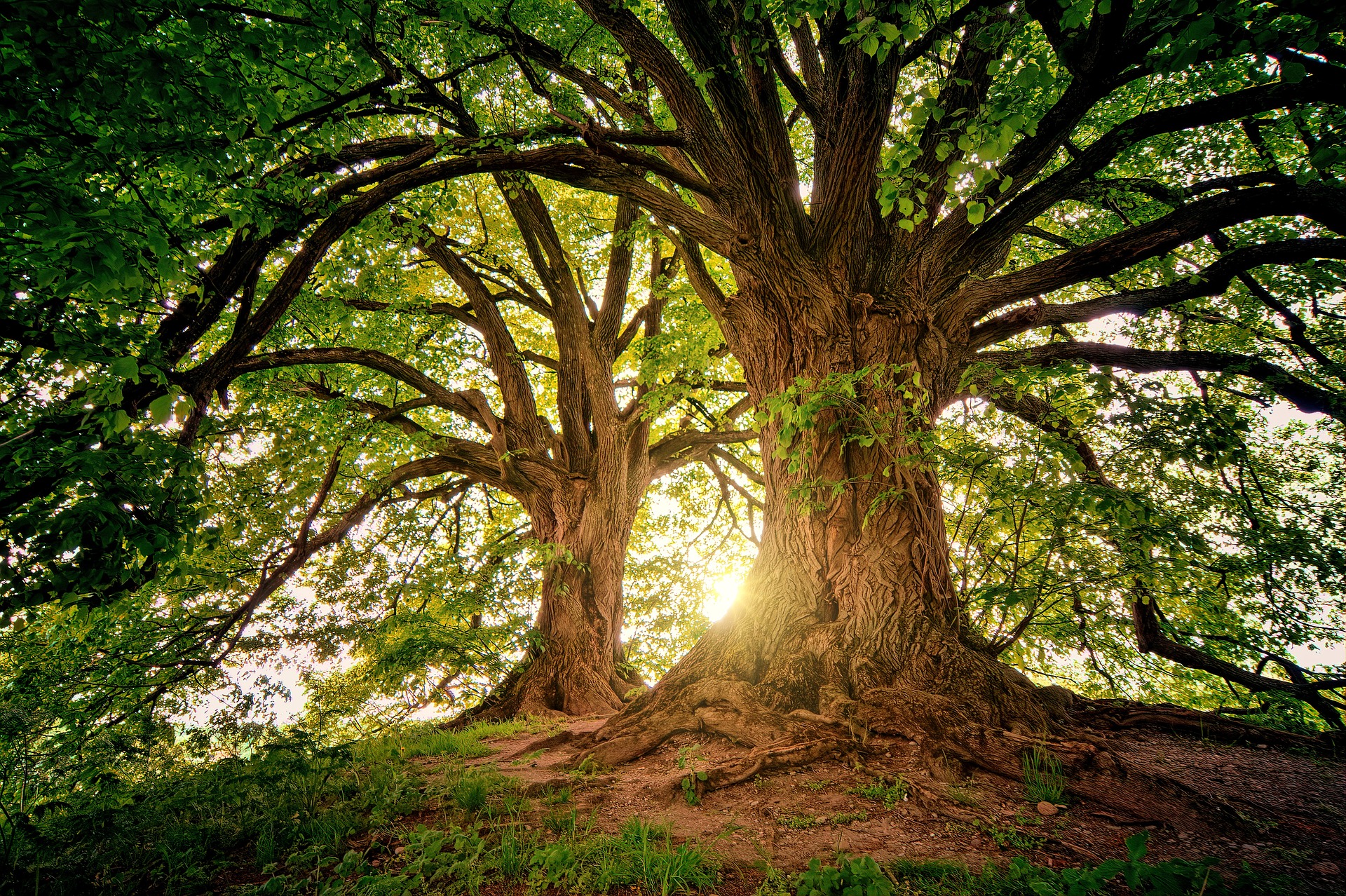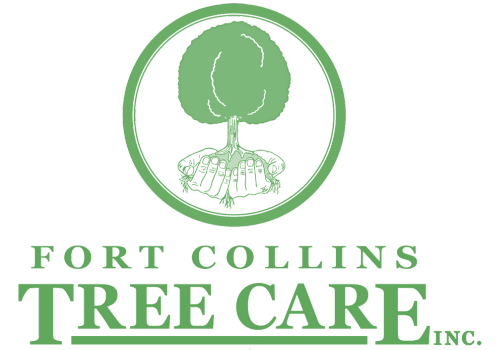ARE YOU READY FOR SOME HELP?
Damage caused by emerald ash borer
The Colorado Department of Agriculture has identified Emerald Ash Borer (EAB) in the city of Boulder. Currently, this is the only population in the state of Colorado. Tree damage from the emerald ash borer occurs when larval stages of the insect feed on the conductive tissue (inner bark) of ash trees. The emerald ash borer damages all species of North American ash trees, but not the mountain ash which is not a true ash. Adults eat leaves of the ash tree but don’t cause much damage. Larvae cause the most damage by eating the inner bark (phloem and cambium layers), preventing the flow of nutrients and water until the tree dies. The canopy of an infested tree will start to thin and die back when the inner bark is damaged by the larvae. Emerald ash borers prefer to feed on stressed trees, but will feed on healthy tees too, and it is considered the most destructive forest pest ever seen in North America.
Image by: William M. Ciesla, Forest Health Management International, Bugwood.org
How to identify emerald ash borers
The emerald ash borer larvae reach 1″ to 1 1/4″ long, pale body with bell shaped segments, and create meandering galleries in the inner bark. Adult emerald ash borers are dark metallic green beetles, ~1/2″ long and 1/8″ wide. The body is bullet shaped and the top of the abdomen under the wings is copper, brown or purple colored. The emerald ash borers create “D” shaped exit hole is about 1/8″ in diameter when they exit the tree.
Image by: Image by Britannica.org
Life cycle of the emerald ash borer
Adult emerald ash borers emerge from mid-May through late June, chewing “D” shaped holes in the bark to exit the tree. They feed on leaves of ash trees for about a week, flying up to 1/2 mile to find new trees and mate. A few days after mating, the female emerald ash borer typically lays 40-70 eggs (white or reddish brown, 0.6-1mm in diameter) in bark crevices and cracks. The eggs hatch 2 weeks later and the larvae chew through the bark to get to the inner bark layers (phloem and cambium). The emerald ash borer larvae create serpentine galleries under the bark and eat the inner bark. The larvae mature in fall, reaching 1″ to 1.3″ in length, and then they excavate chambers in the sapwood or bark to overwinter. Some larvae require a second year before becoming adults. In the spring, larvae develop into adults and leave the tree.
Image by: Kenneth R. Law, USDA APHIS PPQ, Bugwood.org
How to control the emerald ash borer
There are several preventative treatments for this pest. The main treatment chemicals are Permethrine, Bifenthrin, Imidacloprid, Dinotefuran, Emamectin benzoate, and Azadirachtin. These chemicals are delivered to the tree by soil injection, trunk injection or trunk spray. Treatments are best when done as a preventative; however, depending on the amount of crown damage, some curative treatments are possible. The effectiveness of these treatments has a lot to do with health of the plant, soil conditions, and other environmental factors. It is also suggested that treatment should be done if emerald ash borer is detected within 15 miles of your trees. We are recommending preventative treatments for your trees even if you are out of the 15 mile radius depending on the size and potential of your ash. This pest traveled over 600 miles from last known location in Kansas in a short period of time. In addition to natural vectors, human vectors can move this pest rapidly. Do not move ash fire wood out of your specific location.
The key is not to panic. We feel that early detection in the city of Boulder allows for a sensible rapid response. We are offering Imidacloprid soil injection and permethrin trunk applications in the spring. Two trunk applications have proven effective on some ash trees. We are also suggesting the standard trunk spray for lilac ash borer on ash trees under 8 inches in diameter. If emerald ash borer is detected in your neighborhood an assessment of plant health and vigor should be done to determine if treatment is the best option. Be proactive and plant other tree species that are not susceptible to emerald ash borer. If concerned, always consult an ISA certified arborist. And remember commercial applicators must be licensed by the Colorado Department of Agriculture.
Please feel free to call with any questions. We are here to help and serve our customers. One of the best information websites I have found is www.emeraldashborer.info. Thank you for your confidence in Fort Collins Tree Care. Our goal is the preservation of your tree using the most appropriate treatment options available when and if needed.













